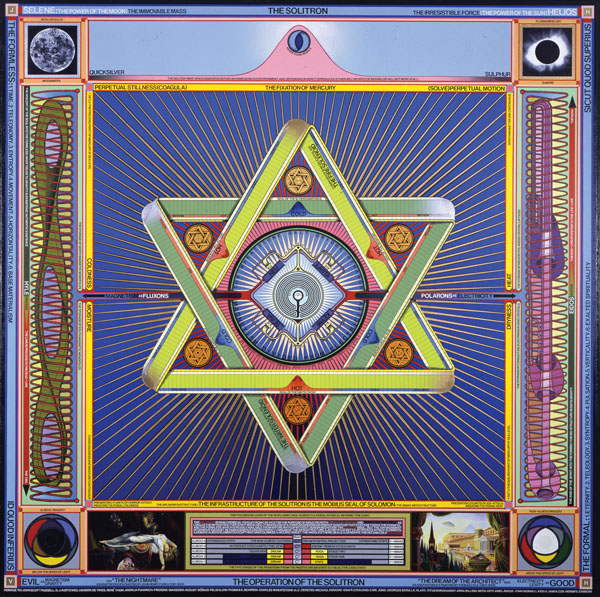* Garry Lachman’s Madame Blavatsky: The Mother of Modern Spirituality is reviewed in the February issue of Harper’s Magazine. The writer, John Crowley, presents not so much a review of the book as an outline of Mme. Blavatsky’s life with some misstatements. “HPB ignored Christianity when she didn’t despise it.” Yet over half her first book, Isis Unveiled, looked at the origins of Christianity, and she revisited the subject with a section intended for The Secret Doctrine dealing with Christianity and the mysteries, an area she examined extensively in her 1887 series “The Esoteric Character of the Gospels.” Perhaps the writer mistakes her dislike of the falsity of organized religion of her time (an opinion she shared with a number of Nineteenth Century writers) with Christianity.
“They [the Masters] were all living beings, said HPB, though they lived impossibly long lives,” the reviewer tells us. But in a letter to the Boston Daily Globe printed on March 8, 1889, she says: “They [the Masters] cannot live long centuries in one body. Though, since there are cases in the medical records of longevity reaching 175 years, there is nothing impossible in a man, knowing the occult sciences of certain plants and alchemy, making his body last even far beyond that period. But this, however, very few of them do.” “The French Count St.-Germain,” is listed in the review as being among those Masters who aided her over time, and Koot Hoomi is made an “assistant or secretary” of Morya. But these stumbles are minor in a “review” that runs seven pages. Unfortunately little space is given to what the writer thought of Lachman’s book.
* The New York Times, on the other hand, summarily dismisses her as a charlatan in a January 17 review of a recently opened New York show of artist Paul Laffoley: “Judging by his mandala-type compositions rendered in high-contrast colors and black and white, usually on square canvases, Mr. Laffoley has yet to encounter a system of mystical thought he could not absorb into his own project. Profusely annotated with press-on vinyl letters, his works refer to a dizzying array of mental adventurers, from Socrates to the Theosophist charlatan Madame Blavatsky.” In spite of this, the reviewer feels that the show still serves as “an excellent introduction to one of the most unusual creative minds of our time.”
 |
| The Solitron, 1997 Paul Laffoley |
No comments:
Post a Comment
All comments to this blog are subject to moderation, and may appear at our sole discretion, if found to add relevance to the site's topics.